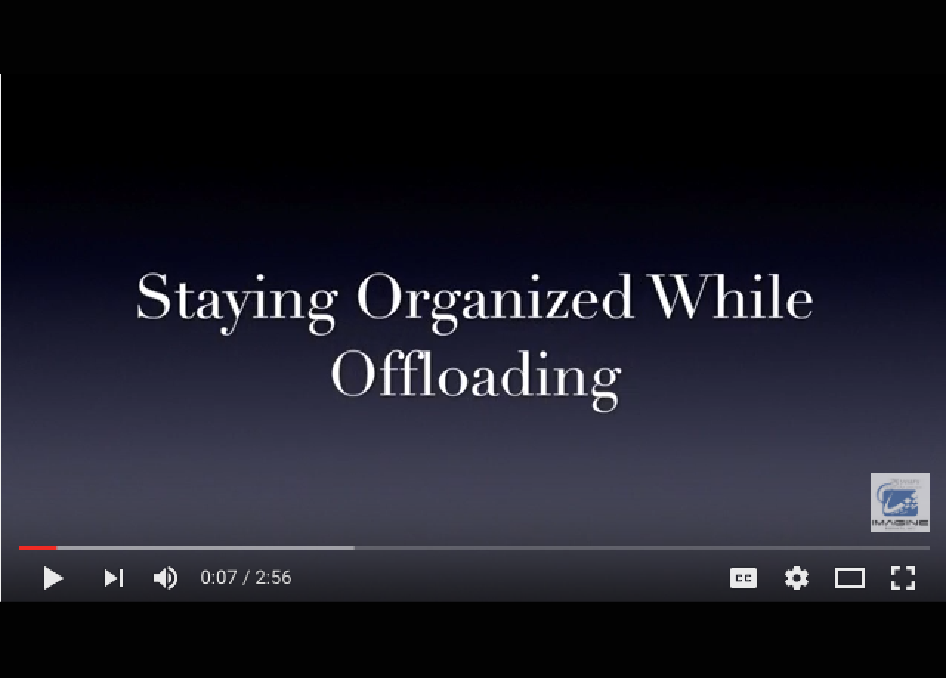
Watch an excerpt from the Moviola.com webinar: Data Wrangling in the Digital Age
Offloading camera cards quickly and securely is possibly the most crucial part of the filmmaking process. Staying organized can make or break the offloading process. Don’t be the person who accidentally formats the wrong card and loses a days worth of media! Read on for more helpful organizational tips while offloading.
Tip 1
First, consider using low adhesive color-coded tape to help sort camera cards.
Have a SIMPLE procedure such as: Wrap cards with green tape if they’re empty and camera ready. Wrap with red if there’s a problem or “don’t use”.
Unwrapped cards would mean they’ve come out of the camera and need to be copied. Also flip the Lock switch on the card if it has one to indicate it contains data. In this scenario, never reformat an un-wrapped card without double-checking its contents and whether you have processed it.
Keep notes of where things were saved, what was done, anything unusual that’s happened, etc. It’s important to know where cards were offloaded. Track card serial numbers with content information. (Then if you discover a bad card you’ll know which clips double check.) An offload application that outputs copy reports is very useful for tracking purposes.
Tip 2
Have IN and OUT areas for cards to be copied and finished cards. Make sure everyone knows which is which—even label the areas. You could be plastic containers, anti-static bags, wherever—just be sure it’s clear.
Also give verbal confirmation: When you receive a card, confirm with the person it’s ready to be copied. When you give one, be specific and professional. Say “Okay to FORMAT”. Don’t say something ambiguous like “This is okay.” Etc.
When you receive a card, switch the copy protection to READ ONLY. Not only is this another visual signal that the card is ready to be copied, but on a practical note it prevents accidental erasure or additional files being added to the card.
If you’re using a Macintosh computer, locking the card also prevents Spotlight from adding it’s hidden index file to the card should you browse the contents in Finder. This may not sound like a big deal, but if the card is completely full this tiny little file can clip the end a big video file or even corrupted it. For this reason, it’s not a bad idea to disable Spotlight while offloading cards.
If you would like to learn more about data wrangling check out, Data Wrangling in the Digital Age Webinar on moviola.com http://tinyurl.com/z9w2598
You can also watch another excerpt from this webinar: Possible Offloading Bottlenecks and How to Eliminate Them